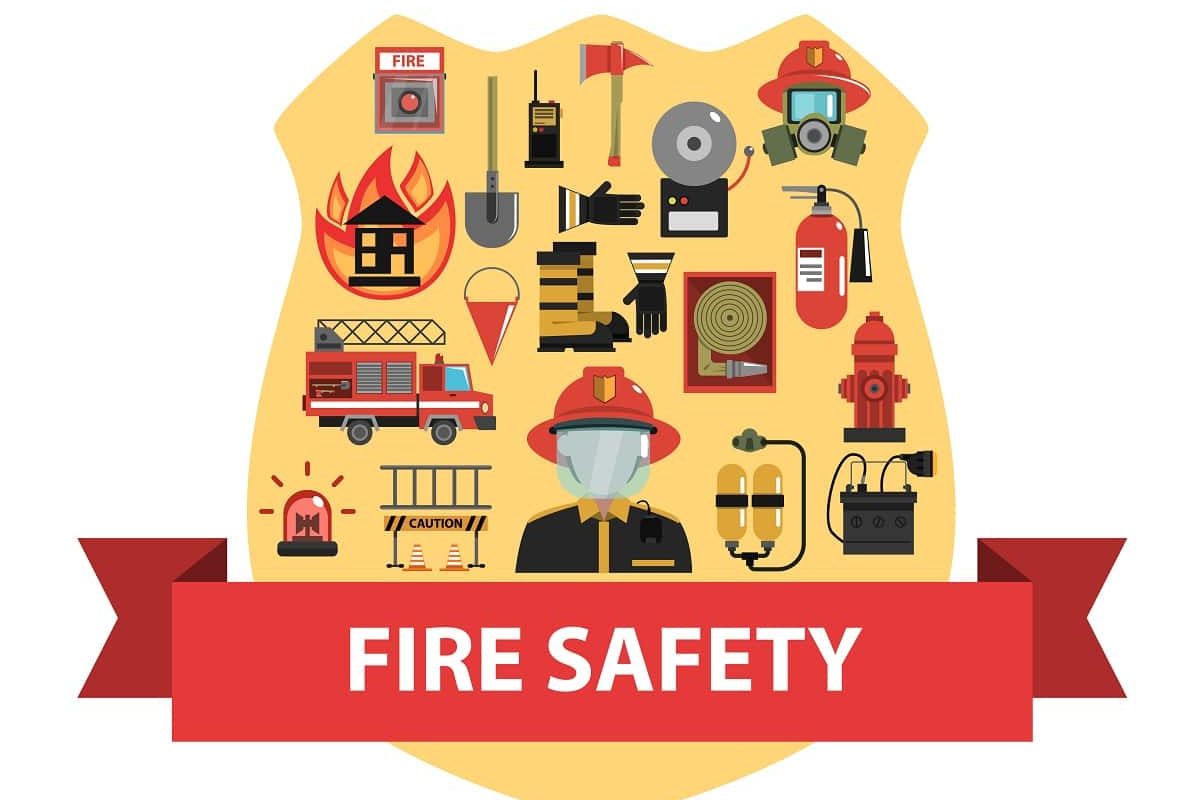When you are the landlord of a block of flats, also known as an HMO – House in Multiple Occupation – you have certain legal obligations, one of which is to keep your tenants safe from fire as far as is humanly possible. Under the Regulatory Reform (Fire Safety) Order 2005, you are required to carry out a fire safety risk assessment and keep a written record of it. You are also required to review it regularly.
One of the problems that you can have is that in HMOs most fires start within the individual flats themselves. The primary cause of fires in flats is electrical faults as the result of overloaded sockets. Another problem is cigarettes. If they are not put out properly, they can start a fire, and there are situations such as a tenant throwing a cigarette butt out of a window and the wind blowing it into an open window in another flat lower down.
Other issues in flats are people burning fragranced candles,or forgetting to turn of the hob and leaving the chip pan or frying pan on it.
As a landlord, one of the problems that you have is that your tenants may not get on with each other very well. They may not even talk to each other. Another issue is something that you don’t usually have in a family home, and that is rooms and doors that are locked. In an HMO the opposite is the case, and when you have locked doors, it can mean that people do not have a clear exit and may be unable to get out of the property easily in an emergency. This is something that you need to take into account in your fire safety risk assessment.
Thumb Turn Locks
As the landlord, there are other things that you have to do, and one of them is to ensure that people are able to escape easily. This means that you need to use thumb turn locks on all exit doors as it provides tenants with a means of escape in case of a fire. If it should happen that a door is locked and the key is not to hand, it could be extremely serious. Health and Safety regulations state that tenants must always have a clear exit route, and thumb turn locks make this possible.
Of course, you also need to install fire doors. The rule is that all escape routes must be properly protected and the way to do this is by the use of fire doors.
When undertaking a fire risk assessment for flats, of course you need to position smoke alarms appropriately, and ideally they should all be integrated so that if one goes off, they all go off. You also need to install a heat alarm in every kitchen. Depending upon the size of your HMO, you may need to consider upgrading your fire alarm system to a panel system. Ensuring that your HMO covers all the requirements for the Housing Health & Safety Rating System (HHSRS) is very important.

